2024 Vol. 15, No. 2
2024, 15(2): 133-140.
doi: 10.15886/j.cnki.rdswxb.20230054
Abstract:
Returning straw to soil in ditches can increase soil temperature, nutrients and organic matter content, change soil microbial community composition, and thus increase crop yield. However, this method has not been reported to use in returning pineapple plant residues to soil in the field. Five treatments for ditching and returning the pineapple plant residues to the soil in the field were designed: Ditching 10 cm deep, returning the plant residues into soil in the ditches, ridging and covering with film (DRF10); ditching 20 cm deep, returning the plant residues to the soil in the ditches, ridging and covering with film (DRF20); ditching 30 cm deep, returning the plant residues to the soil in the ditches, ridging and covering with film (DRF30); ditching 30 cm deep, returning the plant residues into the soil in the ditches and ridging (DR30); ditching 30 cm deep, returning the plant residues into the soil in the ditches and leveling (DL30). The decomposition characteristics of the pineapple plant residues buried in different ditches were observed and analyzed. The results showed that the decomposition of the pineapple plant residues mainly occurred in the first 60 days after they were returned to the soil, with a decomposition rate of more than 56%. The decomposition rate of the plant residues was the highest at 15-30 days after returning to the soil. In the DRF20 treatment, the cellulose release rate and decomposition rate were significantly higher at 15 days after returning to the field, and the lignin release rate and decomposition rate were also the highest after 30 days of returning to the soil. The decomposition and decomposition rate, release rate of cellulose and hemicellulose were significantly lower in the DRF30 treatment than in the other treatments. The lignin release rate and decomposition rate were significantly higher in the DRF30 treatment than the other treatments at 540 days after returning to the soil. Soil water content and temperature were higher in the DRF30 treatment than in the DR30 and DL30 treatments. The enzyme activities were higher in the DRF30, DR30 and DC30 treatments than in the other treatments, but not significantly. The decomposition rate of the pineapple plant residues was positively correlated with the release rate of cellulose and lignin and negatively correlated with phosphatase. In conclusion, the pineapple plant residues decomposed fast at the early stage in the DRF20 treatment but at the middle and late stages in the DRF30 treatment.
Returning straw to soil in ditches can increase soil temperature, nutrients and organic matter content, change soil microbial community composition, and thus increase crop yield. However, this method has not been reported to use in returning pineapple plant residues to soil in the field. Five treatments for ditching and returning the pineapple plant residues to the soil in the field were designed: Ditching 10 cm deep, returning the plant residues into soil in the ditches, ridging and covering with film (DRF10); ditching 20 cm deep, returning the plant residues to the soil in the ditches, ridging and covering with film (DRF20); ditching 30 cm deep, returning the plant residues to the soil in the ditches, ridging and covering with film (DRF30); ditching 30 cm deep, returning the plant residues into the soil in the ditches and ridging (DR30); ditching 30 cm deep, returning the plant residues into the soil in the ditches and leveling (DL30). The decomposition characteristics of the pineapple plant residues buried in different ditches were observed and analyzed. The results showed that the decomposition of the pineapple plant residues mainly occurred in the first 60 days after they were returned to the soil, with a decomposition rate of more than 56%. The decomposition rate of the plant residues was the highest at 15-30 days after returning to the soil. In the DRF20 treatment, the cellulose release rate and decomposition rate were significantly higher at 15 days after returning to the field, and the lignin release rate and decomposition rate were also the highest after 30 days of returning to the soil. The decomposition and decomposition rate, release rate of cellulose and hemicellulose were significantly lower in the DRF30 treatment than in the other treatments. The lignin release rate and decomposition rate were significantly higher in the DRF30 treatment than the other treatments at 540 days after returning to the soil. Soil water content and temperature were higher in the DRF30 treatment than in the DR30 and DL30 treatments. The enzyme activities were higher in the DRF30, DR30 and DC30 treatments than in the other treatments, but not significantly. The decomposition rate of the pineapple plant residues was positively correlated with the release rate of cellulose and lignin and negatively correlated with phosphatase. In conclusion, the pineapple plant residues decomposed fast at the early stage in the DRF20 treatment but at the middle and late stages in the DRF30 treatment.
2024, 15(2): 141-149.
doi: 10.15886/j.cnki.rdswxb.20230077
Abstract:
In order to study the diversity of endophytic bacteria in cassava (Manihot esculenta) and explore the endophytic bacteria resources, 16S rDNA sequencing technology was used to analyze the Alpha and Beta diversity of tuber, stem and leaf tissues in ‘SC8’ and ‘SC9’ cassava varieties. The structural composition of bacterial community was analyzed and the gene function of endophytic bacteria community was predicted by comparing with Kyoto Encyclopedia of Genes and Genomes (KEGG) database. The results showed that 19,087 bacterial OTUs (operational taxonomic unit) were clustered from ‘SC8’ cassava samples, and belonged to 48 phyla, 126 classes, 438 families and 805 genera, and 20,148 bacterial OTUs belonged to 46 phyla, 130 classes, 390 families and 863 genera in ‘SC9’. There were 171 common bacteria genera in all tissues of cassava, accounting for 78.44% of all endophytic bacteria species. There were 118 unique bacteria in ‘SC9’ and 100 in ‘SC8’, and endophytic bacteria in stem (phloem) had the highest diversity. The dominant bacterial groups of endophytic bacteria from cassava are Proteobacteria, Cyanobacteria, Actinobacteria, Bacteroidetes, Firmicutes and Acidobacteria. Biosynthesis of terpenoids, ketones, amino acids, vitamins and other secondary metabolites is involved in the function of cassava endophytic bacteria. These results showed that there were abundant endophytic bacteria in all cassava plant samples, and the diversity was highest in stem (phloem). Cassava contains a variety of active ingredients, and the metabolism-related pathways of these active ingredients are also reflected in the function prediction.
In order to study the diversity of endophytic bacteria in cassava (Manihot esculenta) and explore the endophytic bacteria resources, 16S rDNA sequencing technology was used to analyze the Alpha and Beta diversity of tuber, stem and leaf tissues in ‘SC8’ and ‘SC9’ cassava varieties. The structural composition of bacterial community was analyzed and the gene function of endophytic bacteria community was predicted by comparing with Kyoto Encyclopedia of Genes and Genomes (KEGG) database. The results showed that 19,087 bacterial OTUs (operational taxonomic unit) were clustered from ‘SC8’ cassava samples, and belonged to 48 phyla, 126 classes, 438 families and 805 genera, and 20,148 bacterial OTUs belonged to 46 phyla, 130 classes, 390 families and 863 genera in ‘SC9’. There were 171 common bacteria genera in all tissues of cassava, accounting for 78.44% of all endophytic bacteria species. There were 118 unique bacteria in ‘SC9’ and 100 in ‘SC8’, and endophytic bacteria in stem (phloem) had the highest diversity. The dominant bacterial groups of endophytic bacteria from cassava are Proteobacteria, Cyanobacteria, Actinobacteria, Bacteroidetes, Firmicutes and Acidobacteria. Biosynthesis of terpenoids, ketones, amino acids, vitamins and other secondary metabolites is involved in the function of cassava endophytic bacteria. These results showed that there were abundant endophytic bacteria in all cassava plant samples, and the diversity was highest in stem (phloem). Cassava contains a variety of active ingredients, and the metabolism-related pathways of these active ingredients are also reflected in the function prediction.
2024, 15(2): 150-156.
doi: 10.15886/j.cnki.rdswxb.20230078
Abstract:
In order to investigate the current soil nutrient status of pitaya orchards in Hainan Province, 184 soil samples were collected and analyzed by using 6 soil nutrient indices. Their nutrient indices were graded each and then comprehensively evaluated based on factor and cluster analyses. The results showed that soil acidification was evident in most of the pitaya fields under survey, with 72.82% of the pitaya fields at pH < 4.5 and pH 5.0-6.5. The soil ammonium nitrogen content was generally low, less than 0.01 mg/kg in 100% of the total pitaya fields. The contents of available potassium, total nitrogen and organic carbon were low in some fields, 23.37%, 23.37% and 33.7%, respectively, which were at the low or below levels. The soil available phosphorus content was the highest, and the proportion of plots in medium grade and above accounted for 100%. Factor analysis showed that two common factors could be extracted from the six nutrient indexes measured, among which total nitrogen, organic carbon, available potassium, ammonium nitrogen and pH were listed in factors 1 and 2 that mainly affected the comprehensive soil nutrient status of pitaya orchards. Cluster analysis of the soil nutrient comprehensive index IFI showed that the soil IFI values of the pitaya orchards in Hainan Province ranged from −0.904 to 1.405 with an average value being −0.171, of which only 41.3% of the soil was at medium or above fertility levels. In Ledong, Dongfang, Sanya and Lingshui which were pitaya major producers, the soil IFI values were at low fertility level in 80.33% and 50% of the pitaya orchards in Dongfang and Lingshui, respectively. In Sanya, the soil IFI values were above medium fertility level in 61.9% of the pitaya orchards. Overall, the soil fertility status in most areas of the pitaya orchards in Hainan Province (except Sanya) was below the medium level.
In order to investigate the current soil nutrient status of pitaya orchards in Hainan Province, 184 soil samples were collected and analyzed by using 6 soil nutrient indices. Their nutrient indices were graded each and then comprehensively evaluated based on factor and cluster analyses. The results showed that soil acidification was evident in most of the pitaya fields under survey, with 72.82% of the pitaya fields at pH < 4.5 and pH 5.0-6.5. The soil ammonium nitrogen content was generally low, less than 0.01 mg/kg in 100% of the total pitaya fields. The contents of available potassium, total nitrogen and organic carbon were low in some fields, 23.37%, 23.37% and 33.7%, respectively, which were at the low or below levels. The soil available phosphorus content was the highest, and the proportion of plots in medium grade and above accounted for 100%. Factor analysis showed that two common factors could be extracted from the six nutrient indexes measured, among which total nitrogen, organic carbon, available potassium, ammonium nitrogen and pH were listed in factors 1 and 2 that mainly affected the comprehensive soil nutrient status of pitaya orchards. Cluster analysis of the soil nutrient comprehensive index IFI showed that the soil IFI values of the pitaya orchards in Hainan Province ranged from −0.904 to 1.405 with an average value being −0.171, of which only 41.3% of the soil was at medium or above fertility levels. In Ledong, Dongfang, Sanya and Lingshui which were pitaya major producers, the soil IFI values were at low fertility level in 80.33% and 50% of the pitaya orchards in Dongfang and Lingshui, respectively. In Sanya, the soil IFI values were above medium fertility level in 61.9% of the pitaya orchards. Overall, the soil fertility status in most areas of the pitaya orchards in Hainan Province (except Sanya) was below the medium level.
2024, 15(2): 157-164.
doi: 10.15886/j.cnki.rdswxb.20230036
Abstract:
Paddy rice (Oryza sativa L.) is mainly grown thrice a year in Hainan Island. However, long-term continuous cropping and excessive nutrient input will reduce soil microbial activity and soil nutrient conversion, which is not conducive to the sustainable development of agricultural production. The soil under rice-rice-rice (RRR) continuous cropping and rice-soybean-rice (RSR) rotation systems in Dong fang City, Hainan Island was determined by using conventional soil physical and chemical analysis and microbial analysis methods, and the soil physical and chemical properties, carbon components and microbial community structure under the rice continuous cropping and the rice-soybean-rice rotation were compared to analyze the effects of the RRR and RSR on the soil physical and chemical properties and microbial community structure. The results showed that soil organic matter, total nitrogen content, available phosphorus, available potassium and rice yield under the RSR treatment were all higher than those under the RRR treatment, indicating that the RSR treatment significantly increased soil total nitrogen and available potassium content and decreased soil pH value. The soil microbial analysis showed that ACE, Chao1 and Shannon indices of the soil bacteria under the RSR treatment increased by 40.2%, 40.3% and 5.7%, respectively as compared with those under the RRR treatment. The soil microbial analysis also showed that the Shannon and Simpson indices of the soil fungi under the RSR treatment increased by 20.1% and 16.5%, respectively as compared with those under the RRR treatment. The soil microbial analysis showed that the RSR rotation had a significant effect on soil microbial community composition. The soil bacterial and fungal community compositions were significantly correlated with soil organic matter, available potassium, pH, hot water extractable carbon (HWEC) and microbial biomass carbon (MBC) (P>0.01). All the results showed that the RSR rotation significantly improved the soil microbial community structure, promoted the decomposition of organic matter, improved the availability of phosphorus and available potassium, and thus improved the crop yield.
Paddy rice (Oryza sativa L.) is mainly grown thrice a year in Hainan Island. However, long-term continuous cropping and excessive nutrient input will reduce soil microbial activity and soil nutrient conversion, which is not conducive to the sustainable development of agricultural production. The soil under rice-rice-rice (RRR) continuous cropping and rice-soybean-rice (RSR) rotation systems in Dong fang City, Hainan Island was determined by using conventional soil physical and chemical analysis and microbial analysis methods, and the soil physical and chemical properties, carbon components and microbial community structure under the rice continuous cropping and the rice-soybean-rice rotation were compared to analyze the effects of the RRR and RSR on the soil physical and chemical properties and microbial community structure. The results showed that soil organic matter, total nitrogen content, available phosphorus, available potassium and rice yield under the RSR treatment were all higher than those under the RRR treatment, indicating that the RSR treatment significantly increased soil total nitrogen and available potassium content and decreased soil pH value. The soil microbial analysis showed that ACE, Chao1 and Shannon indices of the soil bacteria under the RSR treatment increased by 40.2%, 40.3% and 5.7%, respectively as compared with those under the RRR treatment. The soil microbial analysis also showed that the Shannon and Simpson indices of the soil fungi under the RSR treatment increased by 20.1% and 16.5%, respectively as compared with those under the RRR treatment. The soil microbial analysis showed that the RSR rotation had a significant effect on soil microbial community composition. The soil bacterial and fungal community compositions were significantly correlated with soil organic matter, available potassium, pH, hot water extractable carbon (HWEC) and microbial biomass carbon (MBC) (P>0.01). All the results showed that the RSR rotation significantly improved the soil microbial community structure, promoted the decomposition of organic matter, improved the availability of phosphorus and available potassium, and thus improved the crop yield.
2024, 15(2): 165-170.
doi: 10.15886/j.cnki.rdswxb.20220045
Abstract:
An attempt was made to explore the effects of different fertilizer combinations on the total polyphenol content and antioxidant activity of the cakes of Camellia vietnamensis T. C. Huang ex Hu, improve the fertilizer application methods for C. vietnamensis in Hainan, and promote the healthy development of the C. vietnamensis industry. C. vietnamensis trees with similar growth and vigor were selected and treated with different fertilizer combinations (compound fertilizer (M1), compound fertilizer with earthworm soil (M2), compound fertilizer with vermicompost and biological fertilizer (M3), compound fertilizer with slow-release medium-trace element fertilizer (M4), compound fertilizer with the special plant regulator compound fertilizer (M5) with no fertilizer as the control (CK) in an experiment, and a randomized complete block design was arranged with 3 plots, 6 trees per plot. The contents of total polyphenols in the extracts of the cakes of C. vietnamensis were determined under different fertilizer treatments. The antioxidant activities of the extracts were determined by using FRAP test, DPPH radical scavenging, hydroxyl radical (—OH) scavenging and ABTS radical scavenging. The results showed that the total polyphenol content and antioxidant activity of the cakes were higher in the treatments M1, M3 and M4 than in the CK, and the total polyphenol content and antioxidant activity of the cakes in the treatment M4 were the highest. Moreover, the addition of slow-release medium-trace element fertilizer on the basis of compound fertilizer could further enhance the total polyphenol content and antioxidant activity of the cakes. Therefore, the quality of the cakes of C. vietnamensis can be improved by applying compound fertilizer with slow-release medium-trace element fertilizer in actual production.
An attempt was made to explore the effects of different fertilizer combinations on the total polyphenol content and antioxidant activity of the cakes of Camellia vietnamensis T. C. Huang ex Hu, improve the fertilizer application methods for C. vietnamensis in Hainan, and promote the healthy development of the C. vietnamensis industry. C. vietnamensis trees with similar growth and vigor were selected and treated with different fertilizer combinations (compound fertilizer (M1), compound fertilizer with earthworm soil (M2), compound fertilizer with vermicompost and biological fertilizer (M3), compound fertilizer with slow-release medium-trace element fertilizer (M4), compound fertilizer with the special plant regulator compound fertilizer (M5) with no fertilizer as the control (CK) in an experiment, and a randomized complete block design was arranged with 3 plots, 6 trees per plot. The contents of total polyphenols in the extracts of the cakes of C. vietnamensis were determined under different fertilizer treatments. The antioxidant activities of the extracts were determined by using FRAP test, DPPH radical scavenging, hydroxyl radical (—OH) scavenging and ABTS radical scavenging. The results showed that the total polyphenol content and antioxidant activity of the cakes were higher in the treatments M1, M3 and M4 than in the CK, and the total polyphenol content and antioxidant activity of the cakes in the treatment M4 were the highest. Moreover, the addition of slow-release medium-trace element fertilizer on the basis of compound fertilizer could further enhance the total polyphenol content and antioxidant activity of the cakes. Therefore, the quality of the cakes of C. vietnamensis can be improved by applying compound fertilizer with slow-release medium-trace element fertilizer in actual production.
2024, 15(2): 171-181.
doi: 10.15886/j.cnki.rdswxb.20230050
Abstract:
To investigate the function of GNAT acetyltransferases in Xanthomonas oryzae pv. oryzicola (Xoc), a pathogen of rice bacterial leaf streak, we performed domain analysis of GNAT family proteins in Xoc, and then constructed the single and multiple mutants of these GNAT genes. Finally, we compared the growth rates, extracellular enzyme activities, and virulence of these mutants and the wild type Xoc strains. The results showed that GNAT acetyltransferases regulated Xoc growth in nutrient deficiency media. All mutants except Δxoc_1598 and Δ6 grew more slowly than the wild type, and had lower ability of infection than the wild type strain. We also found that mutation in acetyltransferases could alter motility and the activities of the extracellular protease and amylase. All the results showed that protein acetylation is an important regulatory mechanism for Xoc growth and virulence as well as the virulence-related factors′ production.
To investigate the function of GNAT acetyltransferases in Xanthomonas oryzae pv. oryzicola (Xoc), a pathogen of rice bacterial leaf streak, we performed domain analysis of GNAT family proteins in Xoc, and then constructed the single and multiple mutants of these GNAT genes. Finally, we compared the growth rates, extracellular enzyme activities, and virulence of these mutants and the wild type Xoc strains. The results showed that GNAT acetyltransferases regulated Xoc growth in nutrient deficiency media. All mutants except Δxoc_1598 and Δ6 grew more slowly than the wild type, and had lower ability of infection than the wild type strain. We also found that mutation in acetyltransferases could alter motility and the activities of the extracellular protease and amylase. All the results showed that protein acetylation is an important regulatory mechanism for Xoc growth and virulence as well as the virulence-related factors′ production.
2024, 15(2): 182-189.
doi: 10.15886/j.cnki.rdswxb.20230034
Abstract:
To clarify soil fertility and damage of root-knot nematodes in dragon fruit orchards in Hainan Island, a total of 186 soil samples were collected from 62 dragon fruit orchards, and the soil contents of nutrient elements such as nitrogen, phosphorus, potassium, calcium and magnesium, and the number of root-knot nematodes in the orchards were analyzed. The comprehensive soil fertility in the orchards was evaluated by using the fuzzy comprehensive evaluation method, and the correlation between the number of root-knot nematodes and soil nutrients was analyzed. The results showed that the average soil pH was 6.4 in the dragon fruit orchards, with the soil being generally neutral or weakly acidic in the orchards. The average soil content was 19.9 g/kg for organic matter, 63.9 mg/kg for alkali-hydrolyzed nitrogen and 95.8mg /kg for available potassium content, all of which were in the state of deficiency. The soil contents of available phosphorus and exchangeable calcium were abundant or above, and the soil exchangeable magnesium content was in the medium level. The soil pH was positively correlated with the soil contents of organic matter, exchangeable calcium and magnesium, indicating that a neutral soil pH level was conducive to the accumulation of organic matter in the soil and had important significance for the availability of calcium and magnesium. The soil content of organic matter was positively correlated with the soil contents of alkali-hydrolyzed nitrogen, available phosphorus, available potassium, exchangeable calcium and magnesium, which indicated that the increase of soil organic matter would help to increase the contents of soil basic mineral nutrients. The number of root-knot nematodes in the dragon fruit orchards varied greatly. The maximum number of second-stage juveniles (J2) of root-knot nematodes in the orchards was 736 per 100 g dry soil, while the minimum number of the J2 root-knot nematodes was only 14 per 100 g dry soil. The incidence of the root-knot nematodes was different between the orchards in the north and the south of Hainan Island. On the whole, the number of the root-knot nematodes in the dragon fruit orchards was lower in the north than that in the south of Hainan Island. The soil pH and the soil contents of organic matter, available phosphorus and exchangeable calcium were positively correlated with the number of the root-knot nematodes in the soil. The findings of this survey showed that the comprehensive soil fertility index of the dragon fruit orchards in Hainan Island is at a high level. The changes of the soil pH and the contents of organic matter, available phosphorus and exchangeable calcium might have some reference for integrated management of the root knot nematodes in the dragon fruit orchards in Hainan.
To clarify soil fertility and damage of root-knot nematodes in dragon fruit orchards in Hainan Island, a total of 186 soil samples were collected from 62 dragon fruit orchards, and the soil contents of nutrient elements such as nitrogen, phosphorus, potassium, calcium and magnesium, and the number of root-knot nematodes in the orchards were analyzed. The comprehensive soil fertility in the orchards was evaluated by using the fuzzy comprehensive evaluation method, and the correlation between the number of root-knot nematodes and soil nutrients was analyzed. The results showed that the average soil pH was 6.4 in the dragon fruit orchards, with the soil being generally neutral or weakly acidic in the orchards. The average soil content was 19.9 g/kg for organic matter, 63.9 mg/kg for alkali-hydrolyzed nitrogen and 95.8mg /kg for available potassium content, all of which were in the state of deficiency. The soil contents of available phosphorus and exchangeable calcium were abundant or above, and the soil exchangeable magnesium content was in the medium level. The soil pH was positively correlated with the soil contents of organic matter, exchangeable calcium and magnesium, indicating that a neutral soil pH level was conducive to the accumulation of organic matter in the soil and had important significance for the availability of calcium and magnesium. The soil content of organic matter was positively correlated with the soil contents of alkali-hydrolyzed nitrogen, available phosphorus, available potassium, exchangeable calcium and magnesium, which indicated that the increase of soil organic matter would help to increase the contents of soil basic mineral nutrients. The number of root-knot nematodes in the dragon fruit orchards varied greatly. The maximum number of second-stage juveniles (J2) of root-knot nematodes in the orchards was 736 per 100 g dry soil, while the minimum number of the J2 root-knot nematodes was only 14 per 100 g dry soil. The incidence of the root-knot nematodes was different between the orchards in the north and the south of Hainan Island. On the whole, the number of the root-knot nematodes in the dragon fruit orchards was lower in the north than that in the south of Hainan Island. The soil pH and the soil contents of organic matter, available phosphorus and exchangeable calcium were positively correlated with the number of the root-knot nematodes in the soil. The findings of this survey showed that the comprehensive soil fertility index of the dragon fruit orchards in Hainan Island is at a high level. The changes of the soil pH and the contents of organic matter, available phosphorus and exchangeable calcium might have some reference for integrated management of the root knot nematodes in the dragon fruit orchards in Hainan.
2024, 15(2): 190-197.
doi: 10.15886/j.cnki.rdswxb.20230099
Abstract:
In order to reveal the functions of litchi GFR gene, the whole genome of litchi growth-regulating factor (LcGRF) gene family was identified and analyzed, and its expression patterns in different tissues of litchi were studied. Based on the litchi genome database, bioinformatics software was used to conduct genome-wide identification of members of the LcGRFs family, an analysis was made of basic physical and chemical properties, chromosome localization, gene structure, evolutionary relationships, protein conserved motifs, cis-acting elements, and spatiotemporal expression for systematic analysis. A total of 12 GRF genes were obtained from litchi, which were unevenly distributed on 10 chromosomes, with 2-5 introns. The analysis of the conserved motifs of the GRF protein found that all the GRF proteins in litchi contained conservative motifs of motif 1 (WRC) and motif 2 (QLQ). According to evolutionary analysis, LcGRF was divided into five subfamilies. There were a large number of cis-acting elements related to light, plant hormones, abiotic stress responses and growth and development on the promoter of LcGRFs. The results of different transcriptome expression patterns show that LcGRFs exhibits diverse expression characteristics in various tissues, indicating that different members may play regulatory roles in different growth and development processes of litchi, participating in regulating the growth and development of litchi. The analysis shows that there are 12 members of the litchi GRF family, which are divided into 5 subfamilies.
In order to reveal the functions of litchi GFR gene, the whole genome of litchi growth-regulating factor (LcGRF) gene family was identified and analyzed, and its expression patterns in different tissues of litchi were studied. Based on the litchi genome database, bioinformatics software was used to conduct genome-wide identification of members of the LcGRFs family, an analysis was made of basic physical and chemical properties, chromosome localization, gene structure, evolutionary relationships, protein conserved motifs, cis-acting elements, and spatiotemporal expression for systematic analysis. A total of 12 GRF genes were obtained from litchi, which were unevenly distributed on 10 chromosomes, with 2-5 introns. The analysis of the conserved motifs of the GRF protein found that all the GRF proteins in litchi contained conservative motifs of motif 1 (WRC) and motif 2 (QLQ). According to evolutionary analysis, LcGRF was divided into five subfamilies. There were a large number of cis-acting elements related to light, plant hormones, abiotic stress responses and growth and development on the promoter of LcGRFs. The results of different transcriptome expression patterns show that LcGRFs exhibits diverse expression characteristics in various tissues, indicating that different members may play regulatory roles in different growth and development processes of litchi, participating in regulating the growth and development of litchi. The analysis shows that there are 12 members of the litchi GRF family, which are divided into 5 subfamilies.
2024, 15(2): 198-209.
doi: 10.15886/j.cnki.rdswxb.20220108
Abstract:
In order to obtain relative complete candidate genes, the HubHLH gene expression response in Pitaya during the flowering process induced by supplementary light in winter was investigated, and the whole genome of HubHLH gene family in Pitaya was analyzed. There were 153 pitaya HubHLH genes identified, and their encoding proteins contained 176-687 amino acids with their molecular weight being 19.28 – 74.44 kDa, pI 4.81-9.88. These proteins were all hydrophilic. The prediction of subcellular localization showed that most of the proteins were localized in the nucleus. The pitaya HubHLH proteins were compared with 120 Arabidopsis AtbHLH proteins for phylogenetic analysis. Phylogenetic analysis showed that the pitaya HubHLH proteins were divided into 12 groups and 25 subfamilies. Analysis of conserved motif, gene structure and location distribution in chromosomes showed that genes of the same subfamily had similar motif composition and gene structure. Analysis of the internal replication events of the pitaya HubHLH gene family found that 78 genes were identified as fragment repeating genes, indicating that fragment replication was the main expansion force of the pitaya HubHLH gene family. In addition, based on the transcriptomic data of the four phases of supplementary light-induced flowering of Pitaya in winter, 59 HubHLH genes were differentially expressed during the process of supplementary light induced flowering in winter. GO function enrichment showed that they were enriched in response to red or far-red light, light stimulation, sexual reproduction function, and radiation. The HubHLH gene family may play a regulatory role in the flowering process of Pitaya induced by supplementary light in winter. In this study, we conducted a comprehensive genome analysis of the HubHLH gene family in Pitaya, obtained relatively complete candidate genes, and preliminarily investigated the expression response of HubHLH genes in the winter flowering process induced by supplementary light in Pitaya.
In order to obtain relative complete candidate genes, the HubHLH gene expression response in Pitaya during the flowering process induced by supplementary light in winter was investigated, and the whole genome of HubHLH gene family in Pitaya was analyzed. There were 153 pitaya HubHLH genes identified, and their encoding proteins contained 176-687 amino acids with their molecular weight being 19.28 – 74.44 kDa, pI 4.81-9.88. These proteins were all hydrophilic. The prediction of subcellular localization showed that most of the proteins were localized in the nucleus. The pitaya HubHLH proteins were compared with 120 Arabidopsis AtbHLH proteins for phylogenetic analysis. Phylogenetic analysis showed that the pitaya HubHLH proteins were divided into 12 groups and 25 subfamilies. Analysis of conserved motif, gene structure and location distribution in chromosomes showed that genes of the same subfamily had similar motif composition and gene structure. Analysis of the internal replication events of the pitaya HubHLH gene family found that 78 genes were identified as fragment repeating genes, indicating that fragment replication was the main expansion force of the pitaya HubHLH gene family. In addition, based on the transcriptomic data of the four phases of supplementary light-induced flowering of Pitaya in winter, 59 HubHLH genes were differentially expressed during the process of supplementary light induced flowering in winter. GO function enrichment showed that they were enriched in response to red or far-red light, light stimulation, sexual reproduction function, and radiation. The HubHLH gene family may play a regulatory role in the flowering process of Pitaya induced by supplementary light in winter. In this study, we conducted a comprehensive genome analysis of the HubHLH gene family in Pitaya, obtained relatively complete candidate genes, and preliminarily investigated the expression response of HubHLH genes in the winter flowering process induced by supplementary light in Pitaya.
Functional study and natural variation analysis of glycosyltransferase gene SlUGT75C1-like in tomato
2024, 15(2): 210-216.
doi: 10.15886/j.cnki.rdswxb.20230062
Abstract:
In order to analyze the natural variation related to luteolin glucoside content in tomato population, 426 tomato samples were used as materials to performed metabolome genome-wide association study (mGWAS) analysis, and found that there was a mutation site downstream of tomato SlUGT75C1-like gene which was closely related to the content of luteolin-7-O-glucoside. Furthermore, the nucleotide polymorphism of the whole genome was calculated in three subgroups of tomato population, and it was found that the region where SlUGT75C1-like was located was obviously different among different subgroups. Further analysis of the correlation between metabolomics and transcriptome data showed that the transcription level of SlUGT75C1-like was positively correlated with the relative content of luteolin-7-O-glucoside. Finally, the fusion protein of SlUGT75C1-like was obtained by prokaryotic expression of the protein, and the enzyme activity test in vitro showed that SlUGT75C1-like catalyzed the glycosylation of luteolin. The results indicated that the natural variation of SlUGT75C1-like gene causes the content difference of luteolin-7-O-glucoside in tomato population. mGWAS has a large advantage and great potential in identifying new plant metabolic gene clusters, and is important in providing the molecular basis for fine plant breeding.
In order to analyze the natural variation related to luteolin glucoside content in tomato population, 426 tomato samples were used as materials to performed metabolome genome-wide association study (mGWAS) analysis, and found that there was a mutation site downstream of tomato SlUGT75C1-like gene which was closely related to the content of luteolin-7-O-glucoside. Furthermore, the nucleotide polymorphism of the whole genome was calculated in three subgroups of tomato population, and it was found that the region where SlUGT75C1-like was located was obviously different among different subgroups. Further analysis of the correlation between metabolomics and transcriptome data showed that the transcription level of SlUGT75C1-like was positively correlated with the relative content of luteolin-7-O-glucoside. Finally, the fusion protein of SlUGT75C1-like was obtained by prokaryotic expression of the protein, and the enzyme activity test in vitro showed that SlUGT75C1-like catalyzed the glycosylation of luteolin. The results indicated that the natural variation of SlUGT75C1-like gene causes the content difference of luteolin-7-O-glucoside in tomato population. mGWAS has a large advantage and great potential in identifying new plant metabolic gene clusters, and is important in providing the molecular basis for fine plant breeding.
2024, 15(2): 217-223.
doi: 10.15886/j.cnki.rdswxb.20230033
Abstract:
In order to explore the reason why the "sugar receding" problem of 'Feizixiao' litchi fruit can be solved by the foliar nutrient of calcium and magnesium, the 16-year-old 'Feizixiao' litchi trees were taken as the experimental material, sprayed 0.3% CaCl2+0.3% MgCl2 mixed water solution on the leaf surface as the treatment, and sprayed water as the control, and the sugar contents and sugar metabolism enzyme activities of the fruit were determined. The results showed that fructose, glucose and sucrose accumulated rapidly in the early and middle stages of fruit growth and development, and the contents of fructose and glucose in the control fruit remained stable in the mature stage, while the contents of sucrose and soluble sugar decreased. The contents of fructose and total sugar in the fruit of the treatment were significantly higher than that of the control at 69 days after anthesis. The treatment significantly changed the activities of sugar metabolizing enzymes. At 69 days after anthesis, the treatment significantly increased the activities of neutral invertase and net activities of sucrose metabolizing enzymes, while the activities of acid invertase, sucrose phosphate synthase, sucrose synthase synthesis direction and phosphofructokinase significantly decreased. In summary, calcium and magnesium foliar fertilizer treatment enhances the net activities of sucrose metabolizing enzymes by increasing the activity of neutral invertase, reducing the activities of sucrose phosphate synthase and sucrose synthase synthesis, promoting sucrose decomposition, and reducing the activity of phosphofructokinase to inhibit glycolysis pathways, thereby causing the accumulation of fructose and soluble sugars, solving the problem of "sugar receding" during the mature stage of 'Feizixiao' litchi.
In order to explore the reason why the "sugar receding" problem of 'Feizixiao' litchi fruit can be solved by the foliar nutrient of calcium and magnesium, the 16-year-old 'Feizixiao' litchi trees were taken as the experimental material, sprayed 0.3% CaCl2+0.3% MgCl2 mixed water solution on the leaf surface as the treatment, and sprayed water as the control, and the sugar contents and sugar metabolism enzyme activities of the fruit were determined. The results showed that fructose, glucose and sucrose accumulated rapidly in the early and middle stages of fruit growth and development, and the contents of fructose and glucose in the control fruit remained stable in the mature stage, while the contents of sucrose and soluble sugar decreased. The contents of fructose and total sugar in the fruit of the treatment were significantly higher than that of the control at 69 days after anthesis. The treatment significantly changed the activities of sugar metabolizing enzymes. At 69 days after anthesis, the treatment significantly increased the activities of neutral invertase and net activities of sucrose metabolizing enzymes, while the activities of acid invertase, sucrose phosphate synthase, sucrose synthase synthesis direction and phosphofructokinase significantly decreased. In summary, calcium and magnesium foliar fertilizer treatment enhances the net activities of sucrose metabolizing enzymes by increasing the activity of neutral invertase, reducing the activities of sucrose phosphate synthase and sucrose synthase synthesis, promoting sucrose decomposition, and reducing the activity of phosphofructokinase to inhibit glycolysis pathways, thereby causing the accumulation of fructose and soluble sugars, solving the problem of "sugar receding" during the mature stage of 'Feizixiao' litchi.
2024, 15(2): 224-231.
doi: 10.15886/j.cnki.rdswxb.20230020
Abstract:
To investigate the changes of metabolites in epidermal bladder cells of the halophytic species Mesembryanthemum crystallinum under salt stress, the metabolites in the epidermal bladder cells of M. crystallinum under control and salt stress were identified and analyzed by using the liquid chromatography tandem mass spectrometry (LC-MS/MS), and a total of 356 known metabolites were identified in the epidermal bladder cells. Analysis of differential metabolites showed that the levels of 37 metabolites in the epidermal bladder cells were significantly changed under the salt stress. Metabolic pathway enrichment analysis of the differential metabolites based on the KEGG database showed significant perturbations in six biochemical pathways defined in KEGG, such as phytohormone signaling, zeatin biosynthesis, purine metabolism, etc. These results indicate that salt treatment can cause significant changes in metabolites in epidermal bladder cells of M. crystallinum .
To investigate the changes of metabolites in epidermal bladder cells of the halophytic species Mesembryanthemum crystallinum under salt stress, the metabolites in the epidermal bladder cells of M. crystallinum under control and salt stress were identified and analyzed by using the liquid chromatography tandem mass spectrometry (LC-MS/MS), and a total of 356 known metabolites were identified in the epidermal bladder cells. Analysis of differential metabolites showed that the levels of 37 metabolites in the epidermal bladder cells were significantly changed under the salt stress. Metabolic pathway enrichment analysis of the differential metabolites based on the KEGG database showed significant perturbations in six biochemical pathways defined in KEGG, such as phytohormone signaling, zeatin biosynthesis, purine metabolism, etc. These results indicate that salt treatment can cause significant changes in metabolites in epidermal bladder cells of M. crystallinum .
2024, 15(2): 232-240.
doi: 10.15886/j.cnki.rdswxb.20220091
Abstract:
To explore a simple analytical method for identifying catechols and the types of their protecting groups, the colors of phenol and catechol with FeCl3 in aqueous solutions and their visible absorption spectra were compared, and over thirty phenolic substances were tested for color developments with FeCl3 on TLC silica-gel plates. Color-developing effectiveness between phenols and four metal chlorides were evaluated to establish a correlation between catechol concentrations and shades of spot colors. The kinetics of acetonide decomposition in dilute FeCl3 ethanol solution were analyzed. The experiments demonstrated that phenols with weak binding abilities did not develop colors with FeCl3 on TLC silica-gel plates while phenols with strong chelating abilities such as catechol did. The greenish/bluish black color on the spots of catechol samples arose from the mono- and bi-coordinated Fe(Ⅲ) complexes, not from the tri-coordinated ones. Since FeCl3 is a strong Lewis acid and can selectively cleave phenol protections, catechols protected by various types of protecting groups showed different color changes. Catechols protected by weak-acid labile protecting groups exhibited slow color development at room temperature; those protected by strong-acid labile protecting groups displayed no color at room temperature but bluish-black after heated on the silica-gel plate at 110℃ for 5 min; those protected by strong-acid stable protecting groups showed no color change under both conditions. The results also indicated that FeCl3 was the best color-developing agent among the four metal chlorides in testing phenols, with the optimum concentration of the phenols ranging from 10 to 50 mmol·L−1.
To explore a simple analytical method for identifying catechols and the types of their protecting groups, the colors of phenol and catechol with FeCl3 in aqueous solutions and their visible absorption spectra were compared, and over thirty phenolic substances were tested for color developments with FeCl3 on TLC silica-gel plates. Color-developing effectiveness between phenols and four metal chlorides were evaluated to establish a correlation between catechol concentrations and shades of spot colors. The kinetics of acetonide decomposition in dilute FeCl3 ethanol solution were analyzed. The experiments demonstrated that phenols with weak binding abilities did not develop colors with FeCl3 on TLC silica-gel plates while phenols with strong chelating abilities such as catechol did. The greenish/bluish black color on the spots of catechol samples arose from the mono- and bi-coordinated Fe(Ⅲ) complexes, not from the tri-coordinated ones. Since FeCl3 is a strong Lewis acid and can selectively cleave phenol protections, catechols protected by various types of protecting groups showed different color changes. Catechols protected by weak-acid labile protecting groups exhibited slow color development at room temperature; those protected by strong-acid labile protecting groups displayed no color at room temperature but bluish-black after heated on the silica-gel plate at 110℃ for 5 min; those protected by strong-acid stable protecting groups showed no color change under both conditions. The results also indicated that FeCl3 was the best color-developing agent among the four metal chlorides in testing phenols, with the optimum concentration of the phenols ranging from 10 to 50 mmol·L−1.
2024, 15(2): 241-250.
doi: 10.15886/j.cnki.rdswxb.20230026
Abstract:
The cell wall was removed from plant cells, and the cytoplasm wrapped by a single cell membrane is called protoplast. It has been widely used in protein subcellular localization, gene expression analysis, protein-protein interaction and gene editing among others. The factors influencing plant protoplasts isolation by enzymatic method, the effects of electroporation and PEG-mediated methods on the transient transformation efficiency of protoplasts and their application in transient transformation were summarized in this review. Plant species, different PEG concentrations, transfection time, DNA concentration, and number of protoplasts were found to affect the PEG-mediated transient transformation efficiency of protoplasts. The electroporation had an optimum transformation efficiency of protoplasts only under the adequate conditions of pulse voltage, pulse duration, pulse number, cell number, and DNA concentration. This review might provide reference for establishment of more plant protoplast isolation systems and transient transformation systems for plant protoplasts.
The cell wall was removed from plant cells, and the cytoplasm wrapped by a single cell membrane is called protoplast. It has been widely used in protein subcellular localization, gene expression analysis, protein-protein interaction and gene editing among others. The factors influencing plant protoplasts isolation by enzymatic method, the effects of electroporation and PEG-mediated methods on the transient transformation efficiency of protoplasts and their application in transient transformation were summarized in this review. Plant species, different PEG concentrations, transfection time, DNA concentration, and number of protoplasts were found to affect the PEG-mediated transient transformation efficiency of protoplasts. The electroporation had an optimum transformation efficiency of protoplasts only under the adequate conditions of pulse voltage, pulse duration, pulse number, cell number, and DNA concentration. This review might provide reference for establishment of more plant protoplast isolation systems and transient transformation systems for plant protoplasts.
2024, 15(2): 251-258.
doi: 10.15886/j.cnki.rdswxb.20230043
Abstract:
In order to discover aporphine alkaloids with hypoglycemic activity in Cassytha filiformis, the total alkaloids were extracted from C. filiformis by acid solubilization and alkaline precipitation, obtained by ethyl acetate extraction, separated and purified by various chromatographic methods. The structures of the compounds purified were identified by using spectrometry, and the glucose oxidase method was used to evaluate the glucose consumption activity of the resulting aporphine alkaloids on HL-7702 cells. Thirteen aporphine alkaloids were identified from the extract of C. filiformis: cassamedine ( 1 ), cassameridine ( 2 ), thalicminine ( 3 ), neolitsine ( 4 ), N-metilseconeolitsine ( 5 ), N-methyl-2, 3, 6-trimethoxymorphin-andien-7-one ( 6 ), 1, 2-methylenedioxy-3, 10, 11-trimethoxyaporphine ( 7 ), cassythidine ( 8 ), norneolitsine ( 9 ), O-methylcassythine ( 10 ), cassythine ( 11 ), filiformine ( 12 ), and 1, 2-Dimethoxy-5, 6, 6a, 7-tetrahydro-4H-benzo[de][1, 3]benzodioxolo[56-g]quinoline ( 13 ). Among them, compounds 5 and 13 were first isolated from C. filiformis. Cellular glucose consumption activity assay showed that compounds 3 and 11 significantly promoted glucose consumption in HL-7702 cells and displayed a potential value for research and development into hypoglycemic lead compounds.
In order to discover aporphine alkaloids with hypoglycemic activity in Cassytha filiformis, the total alkaloids were extracted from C. filiformis by acid solubilization and alkaline precipitation, obtained by ethyl acetate extraction, separated and purified by various chromatographic methods. The structures of the compounds purified were identified by using spectrometry, and the glucose oxidase method was used to evaluate the glucose consumption activity of the resulting aporphine alkaloids on HL-7702 cells. Thirteen aporphine alkaloids were identified from the extract of C. filiformis: cassamedine ( 1 ), cassameridine ( 2 ), thalicminine ( 3 ), neolitsine ( 4 ), N-metilseconeolitsine ( 5 ), N-methyl-2, 3, 6-trimethoxymorphin-andien-7-one ( 6 ), 1, 2-methylenedioxy-3, 10, 11-trimethoxyaporphine ( 7 ), cassythidine ( 8 ), norneolitsine ( 9 ), O-methylcassythine ( 10 ), cassythine ( 11 ), filiformine ( 12 ), and 1, 2-Dimethoxy-5, 6, 6a, 7-tetrahydro-4H-benzo[de][1, 3]benzodioxolo[56-g]quinoline ( 13 ). Among them, compounds 5 and 13 were first isolated from C. filiformis. Cellular glucose consumption activity assay showed that compounds 3 and 11 significantly promoted glucose consumption in HL-7702 cells and displayed a potential value for research and development into hypoglycemic lead compounds.



 Abstract
Abstract FullText HTML
FullText HTML PDF 1168KB
PDF 1168KB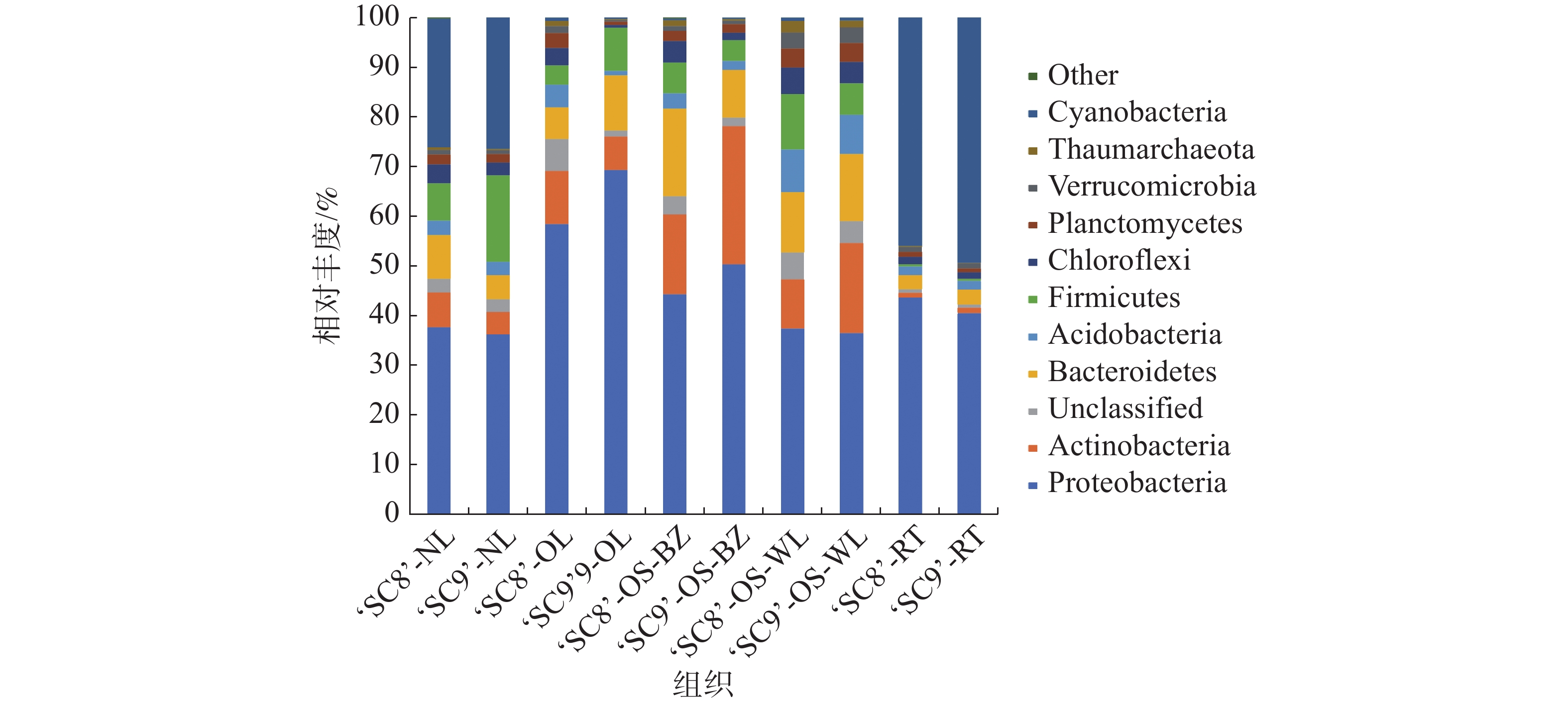
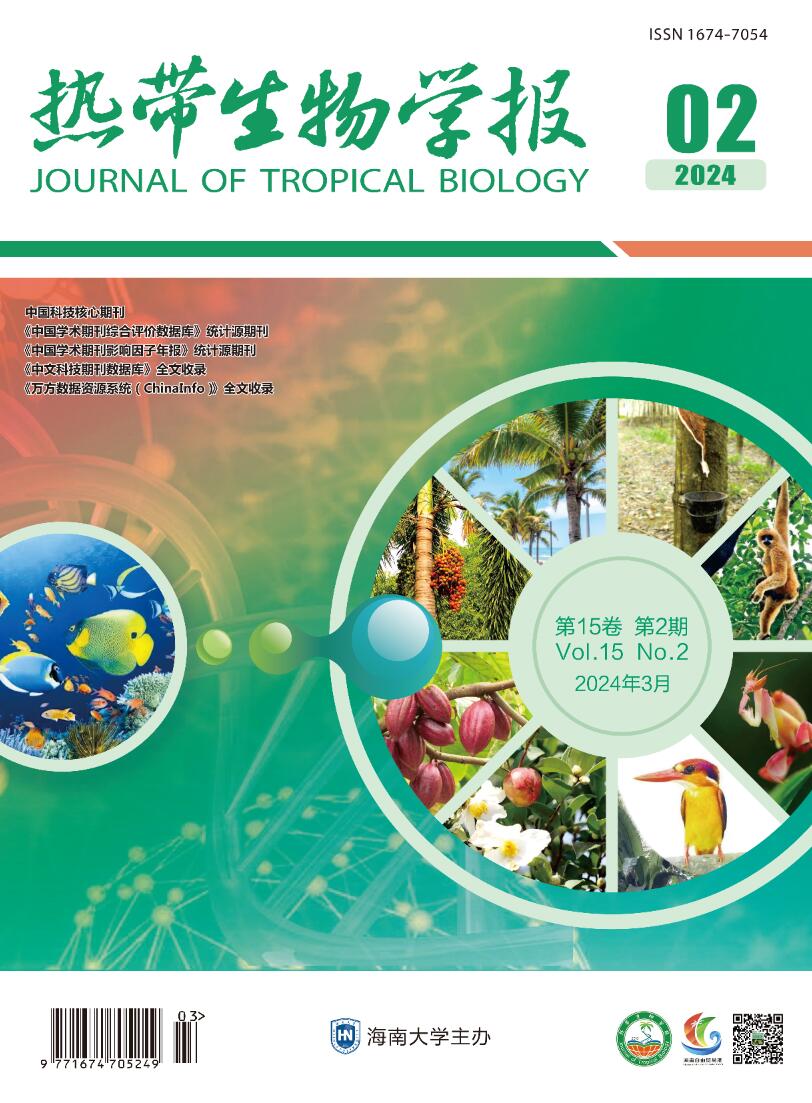

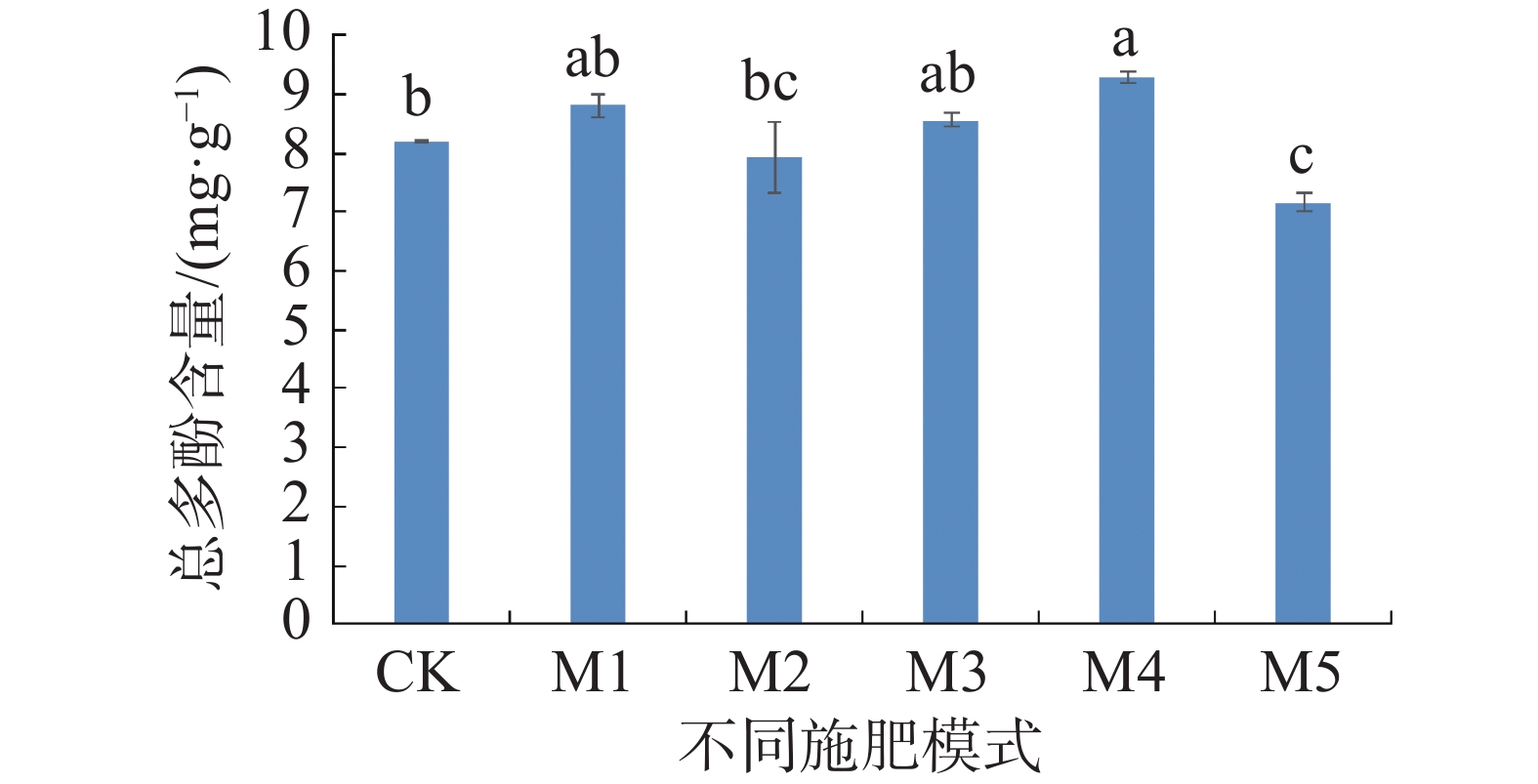
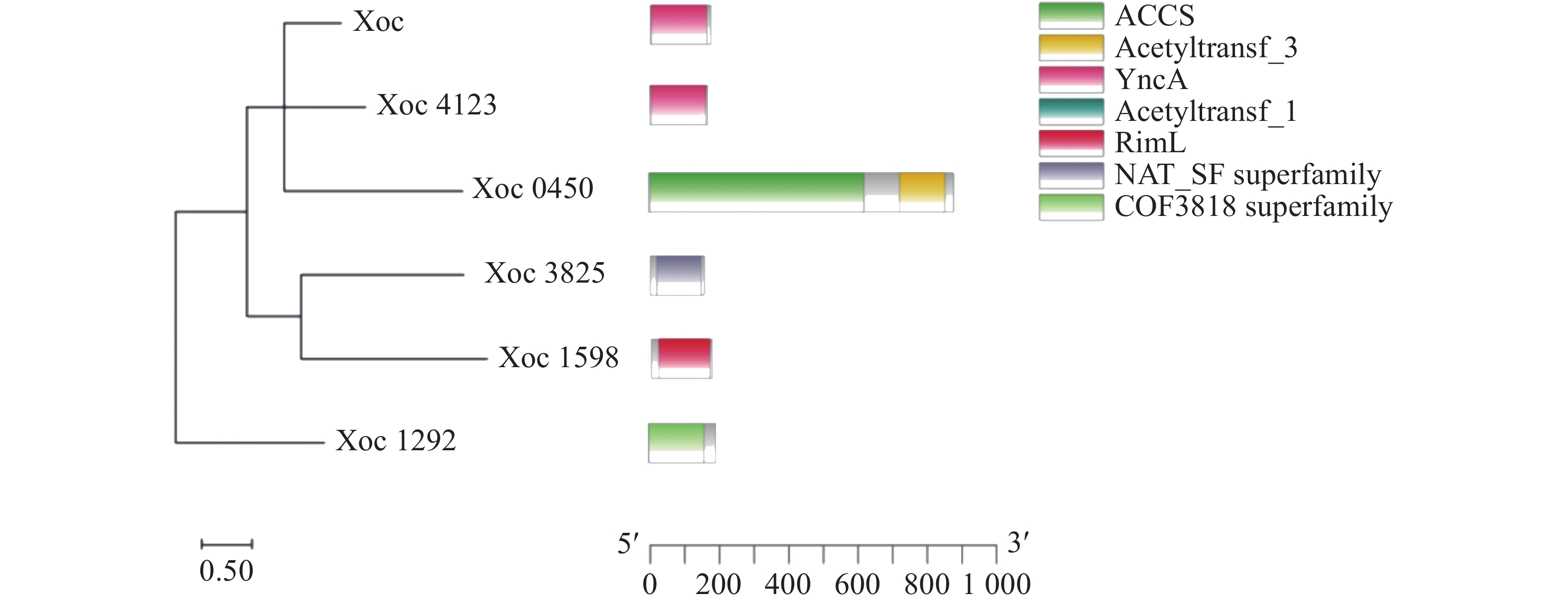
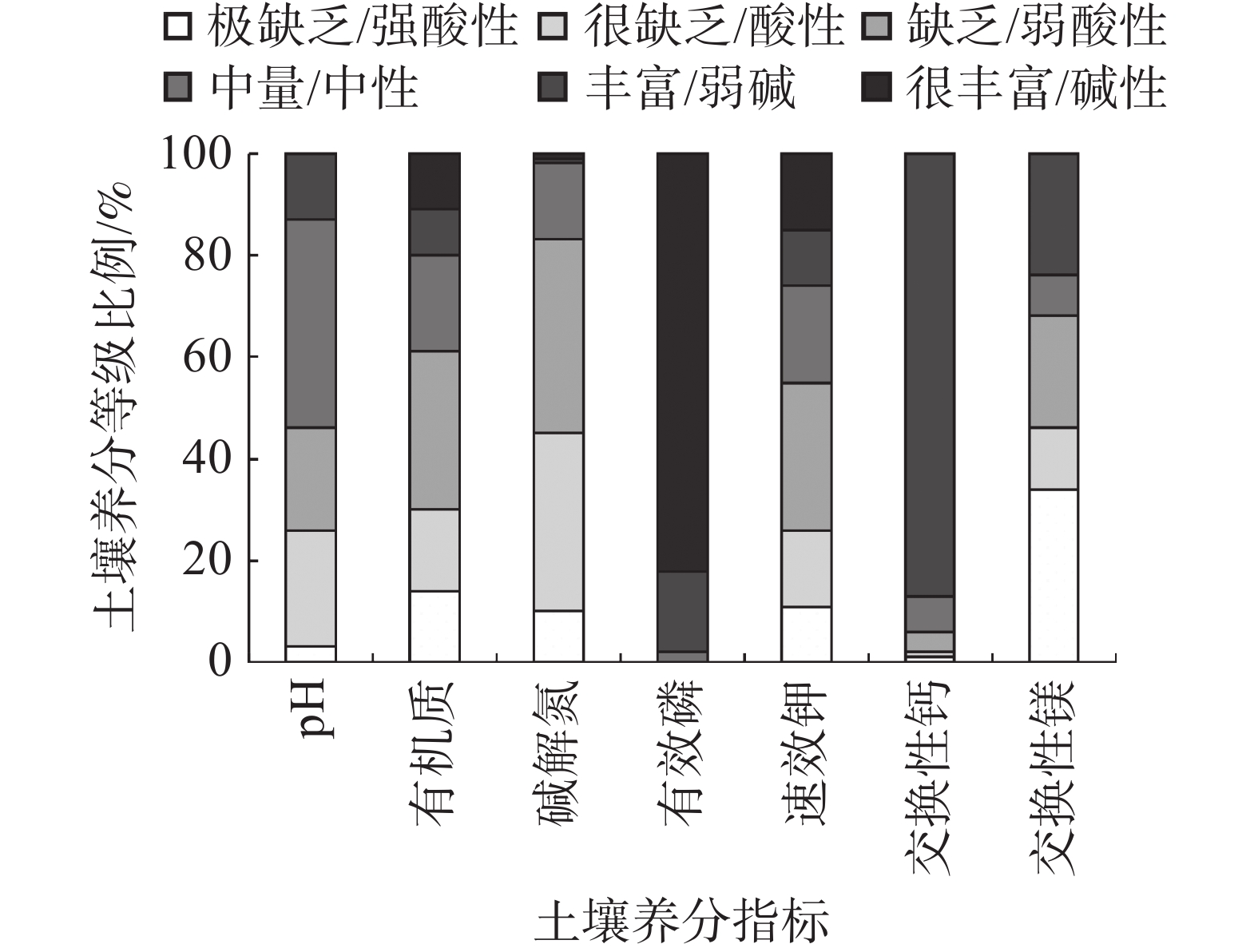
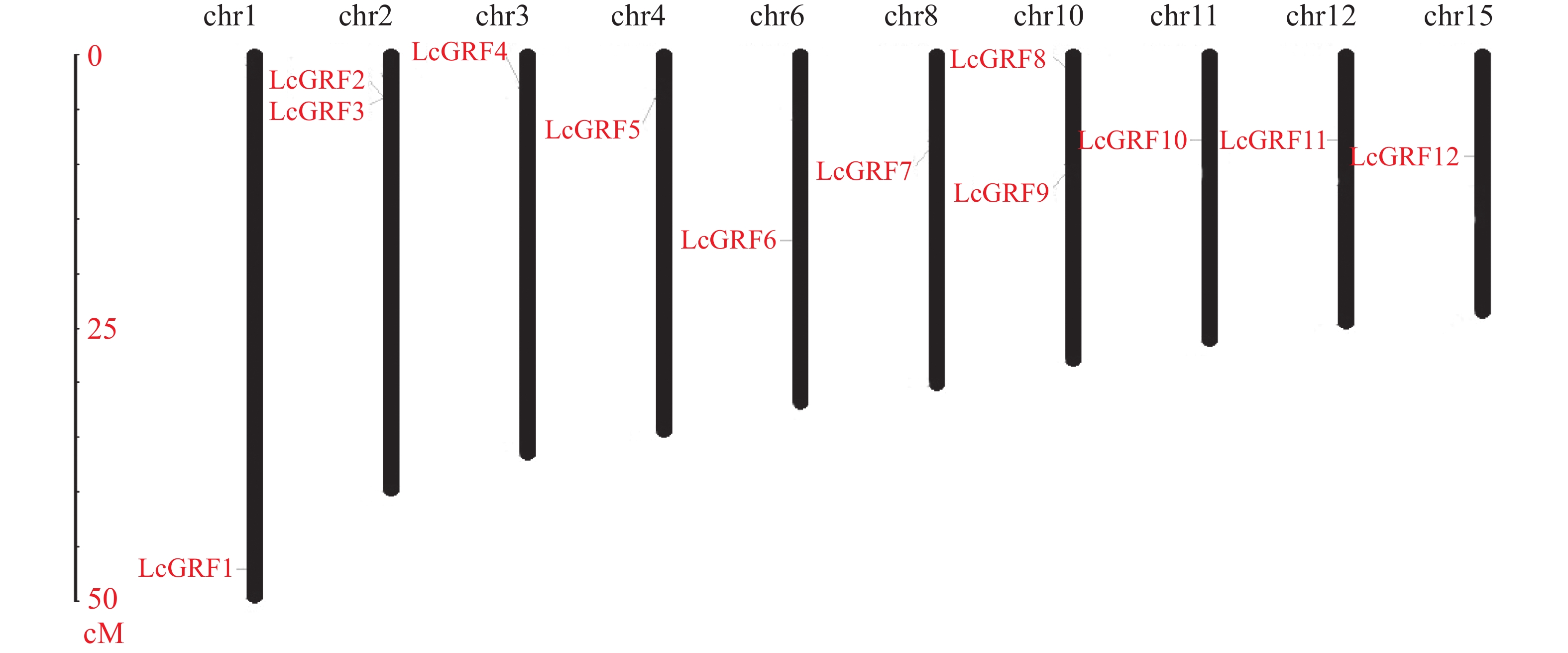

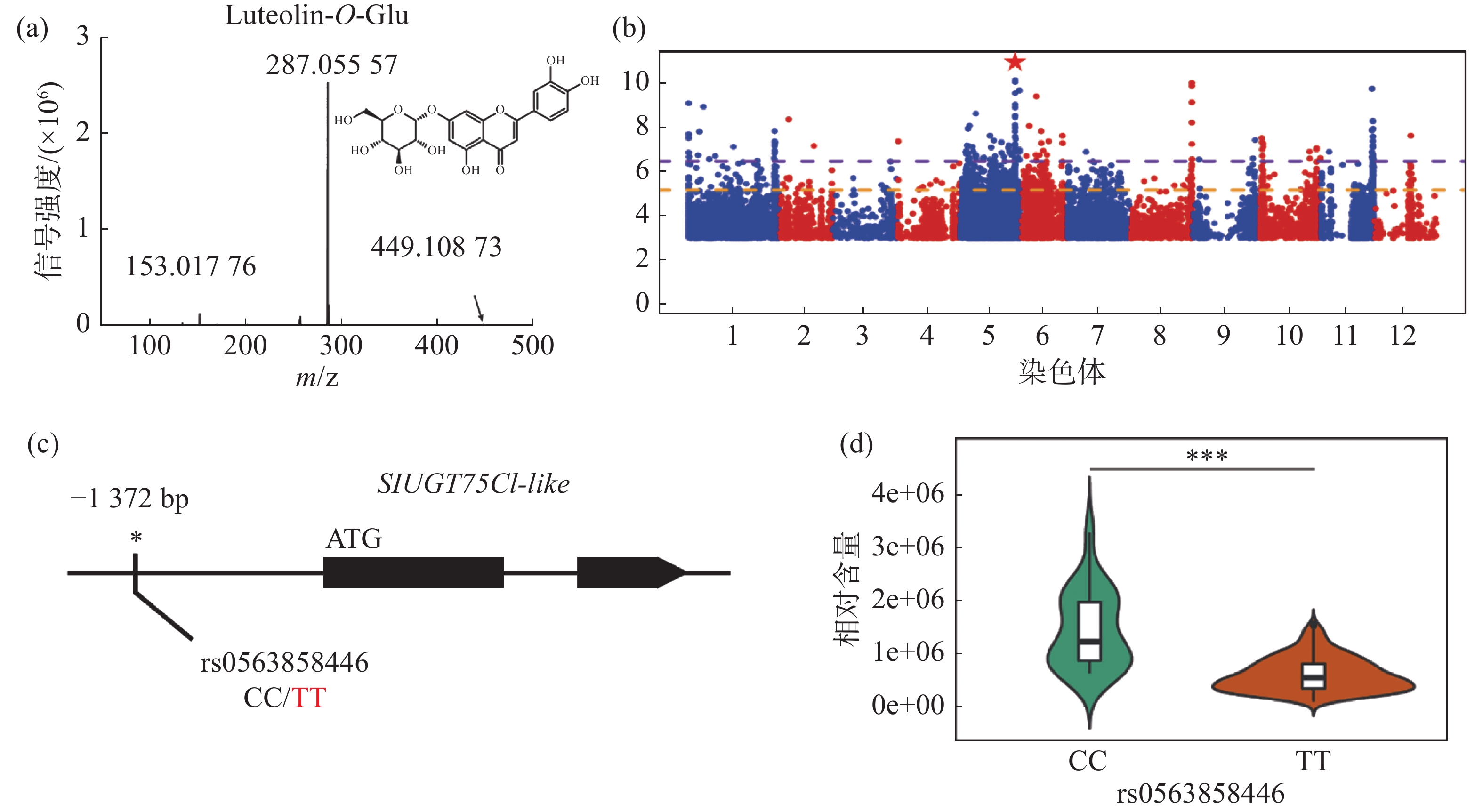
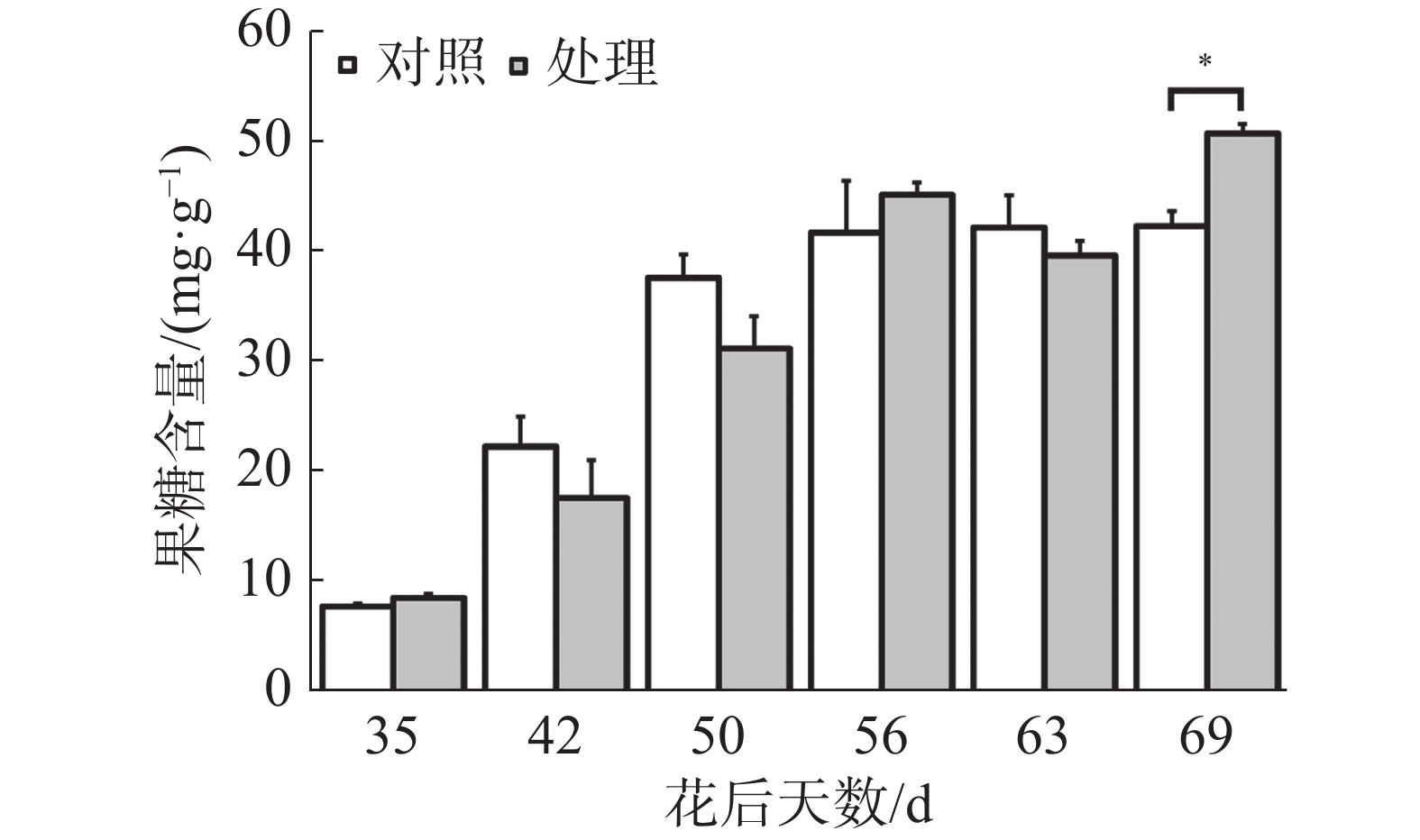
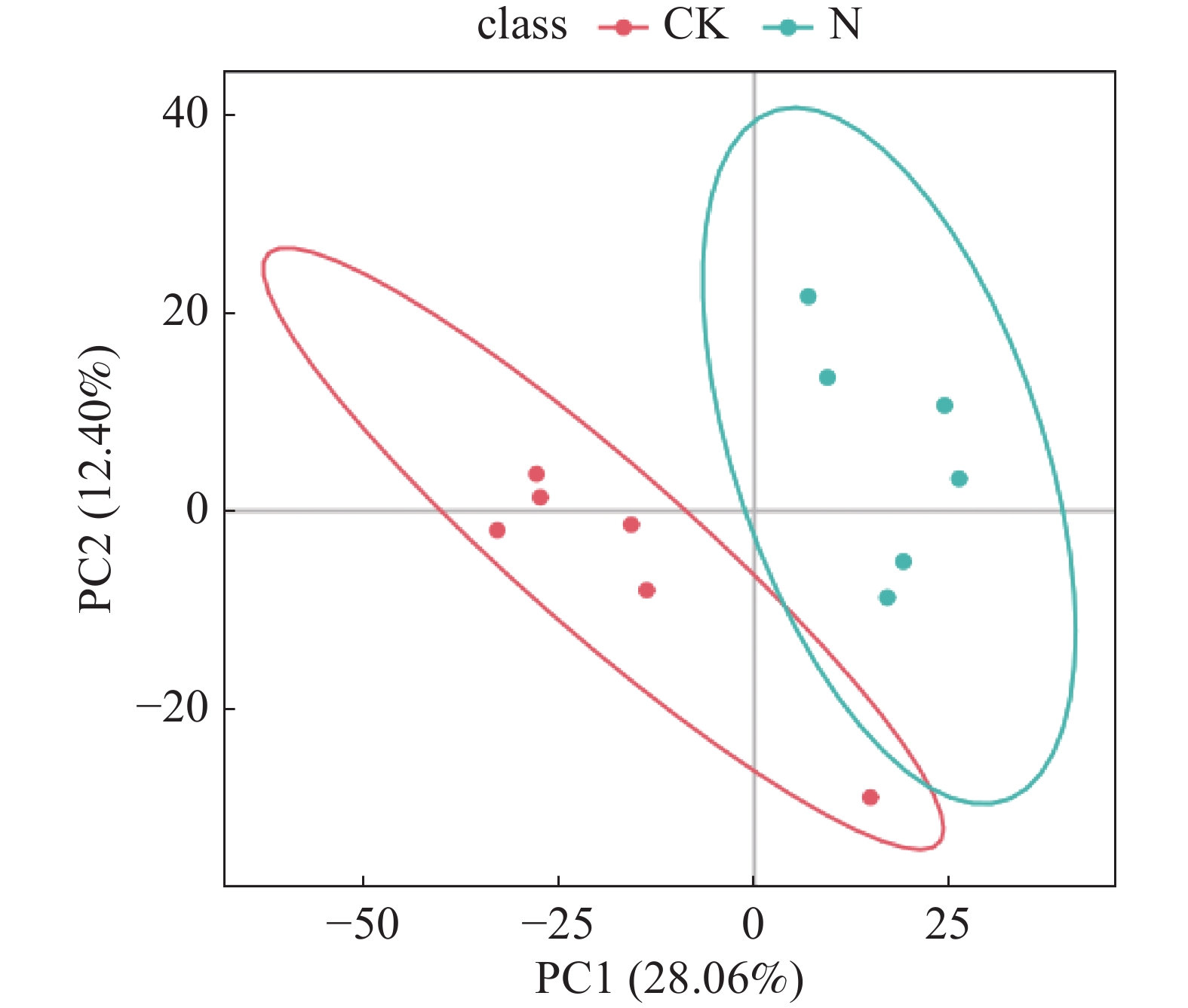
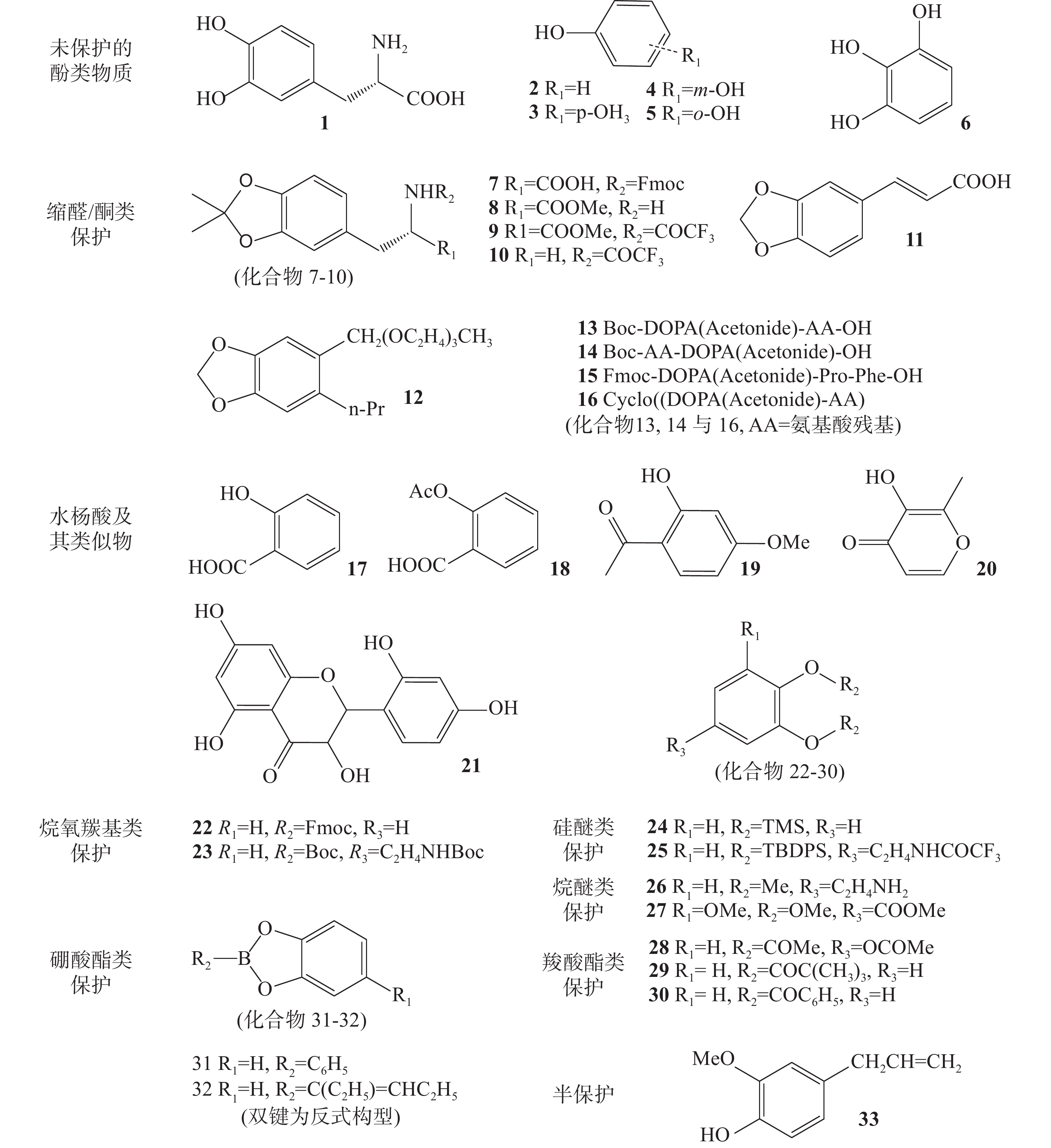

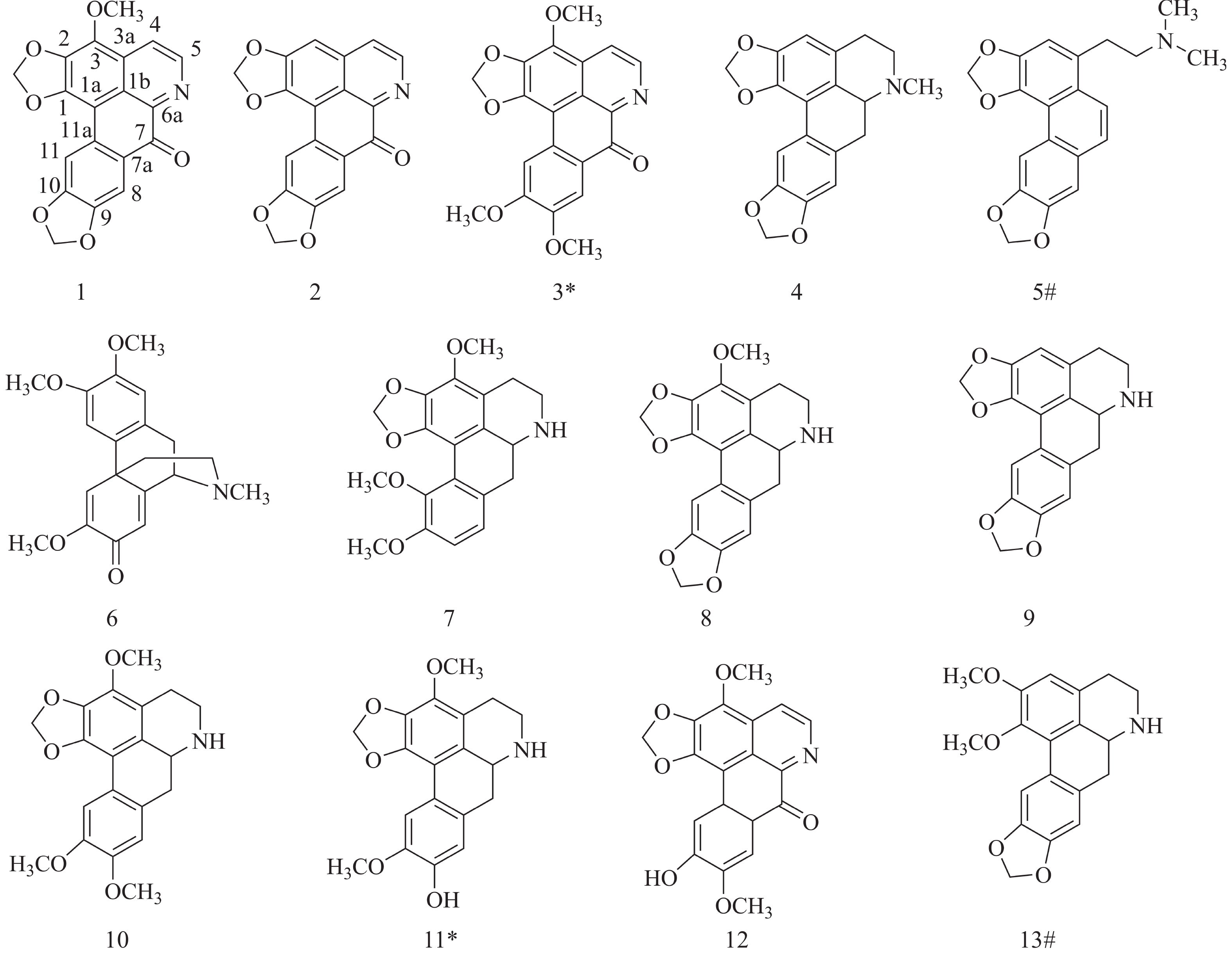
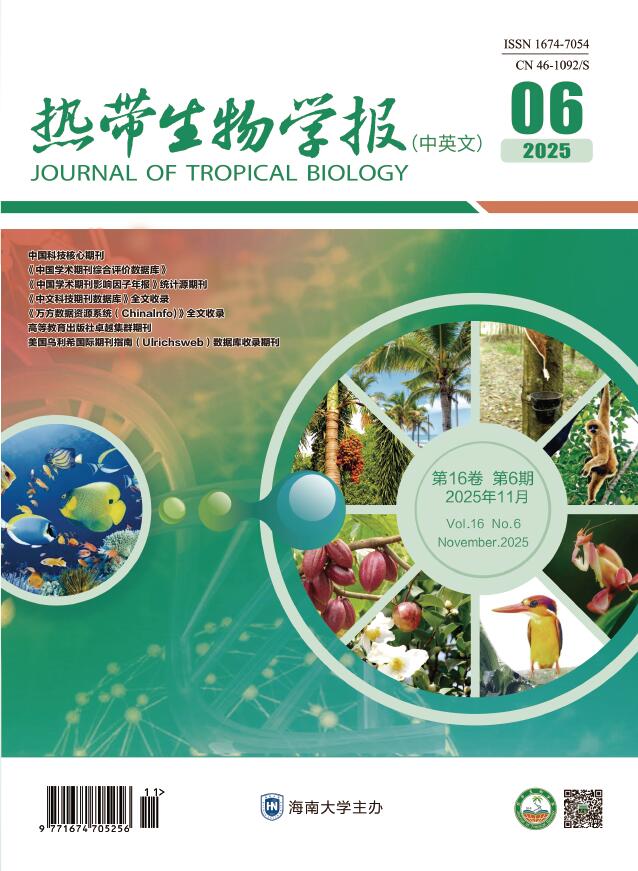
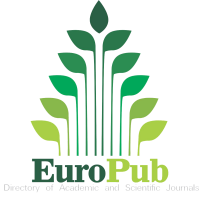


 Email alert
Email alert RSS
RSS